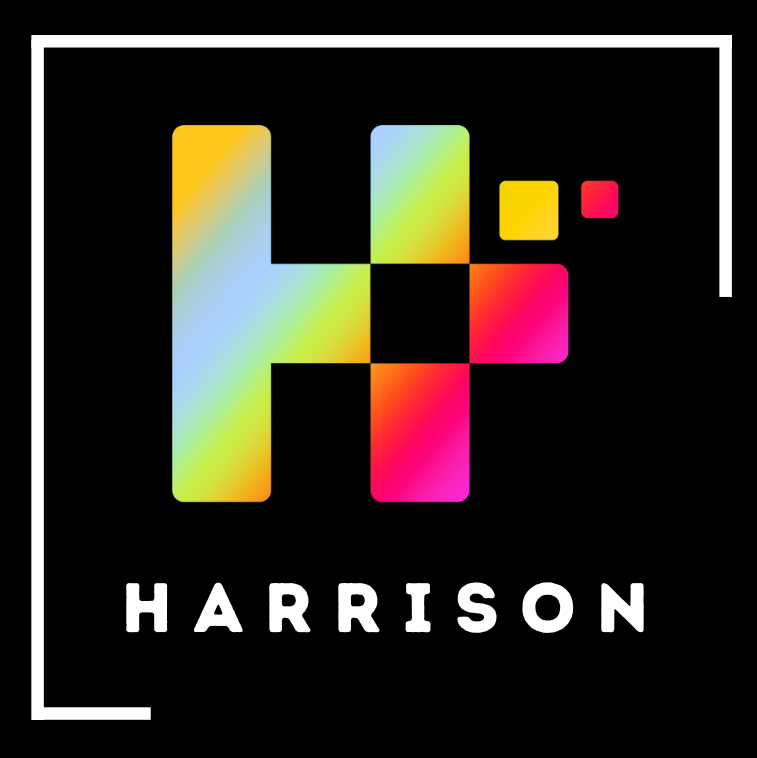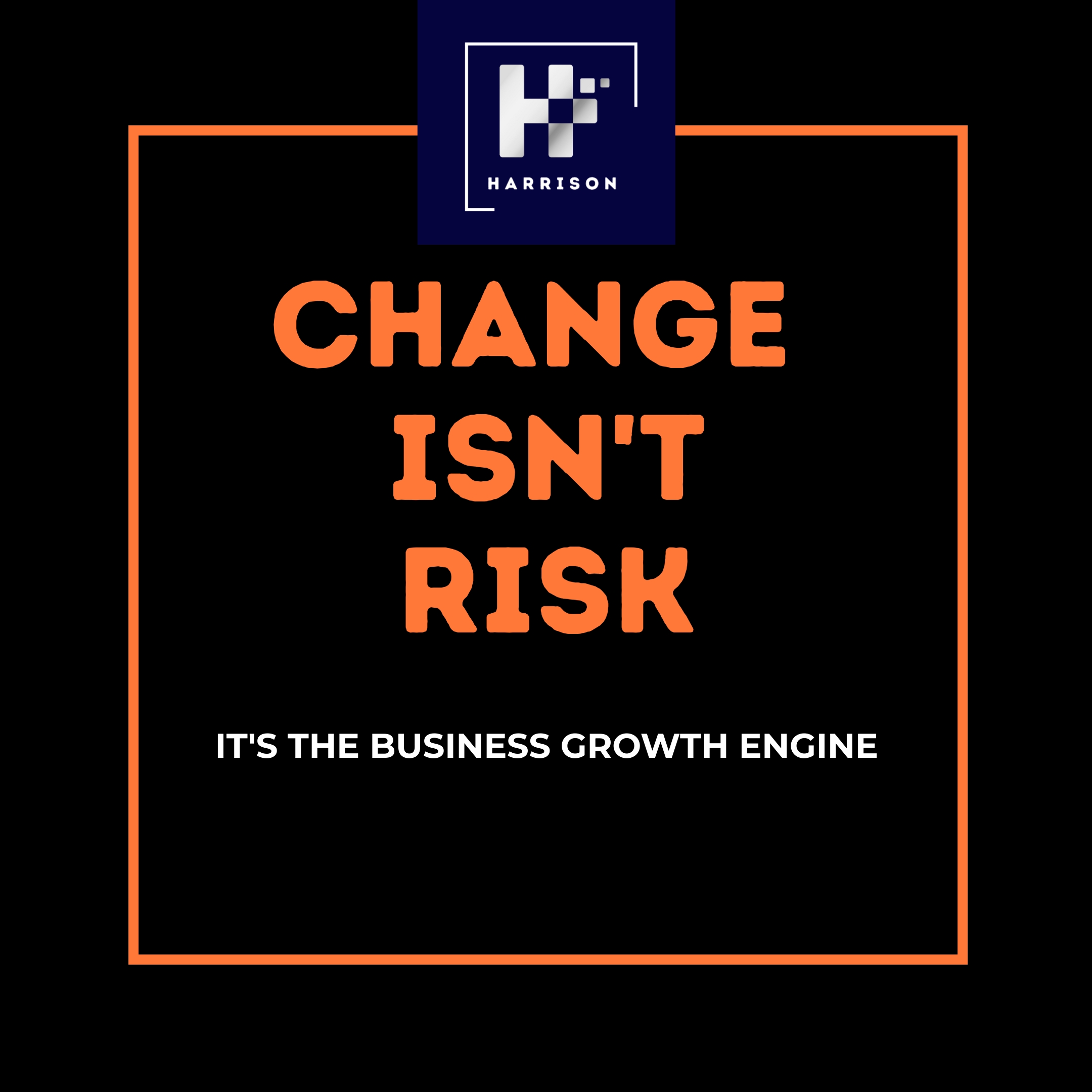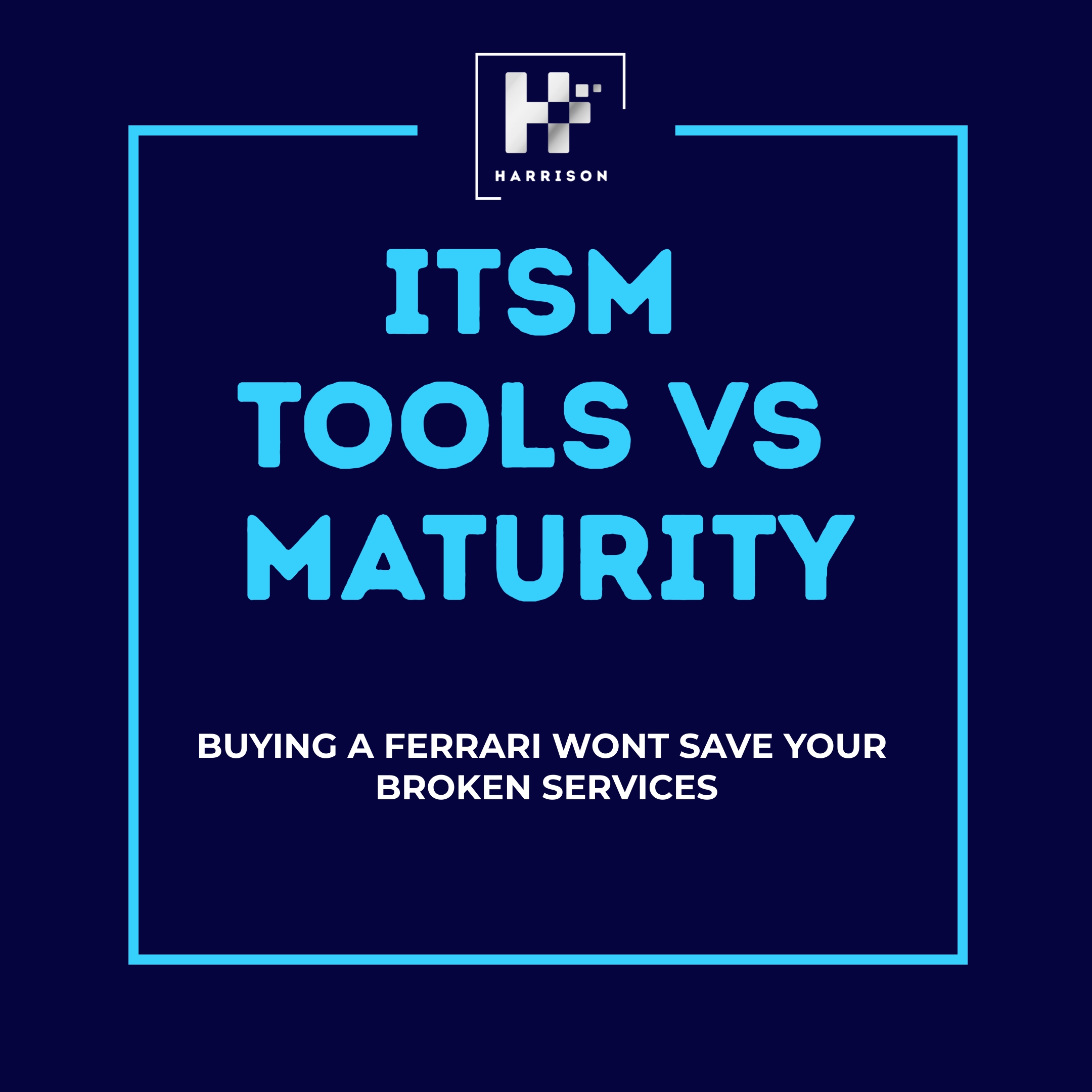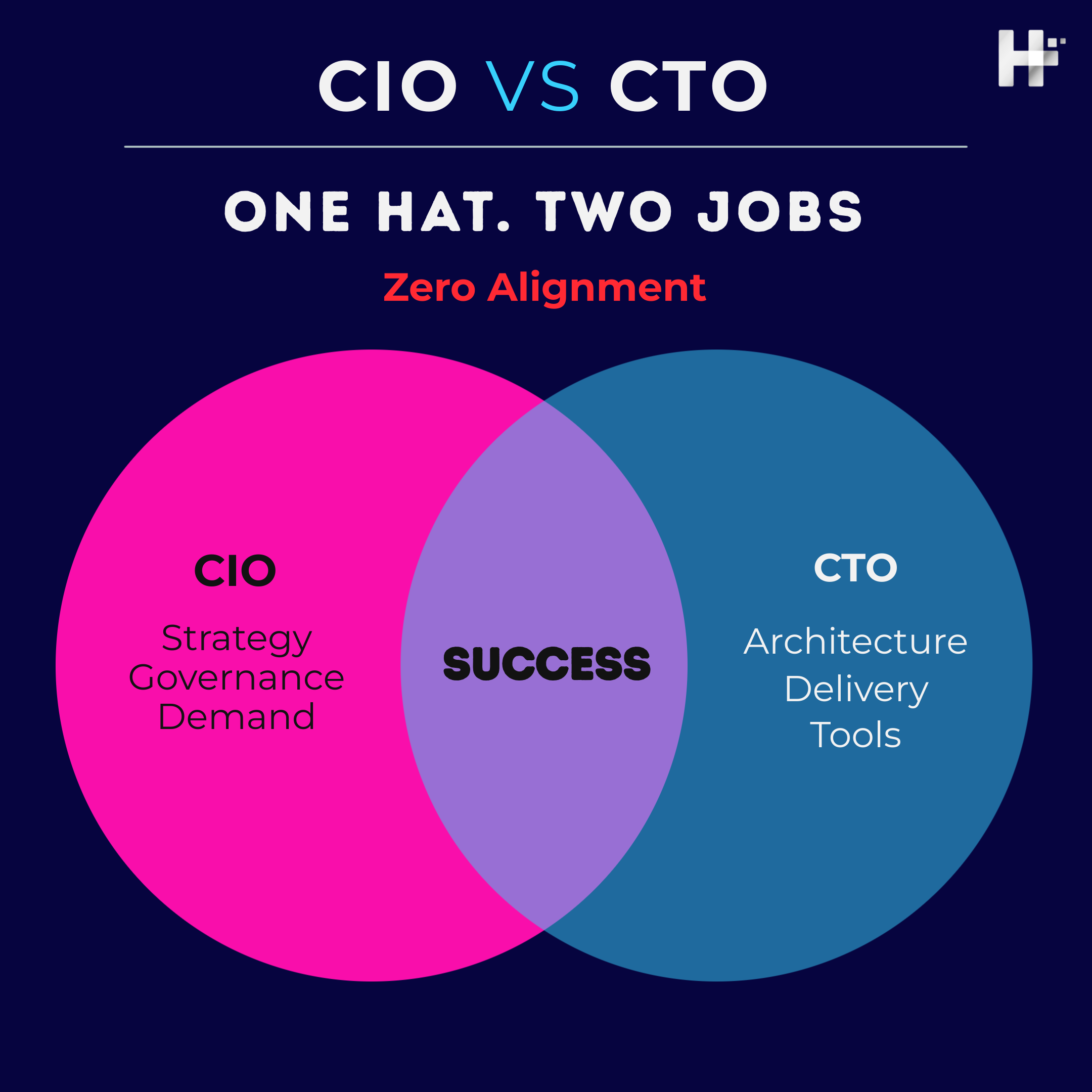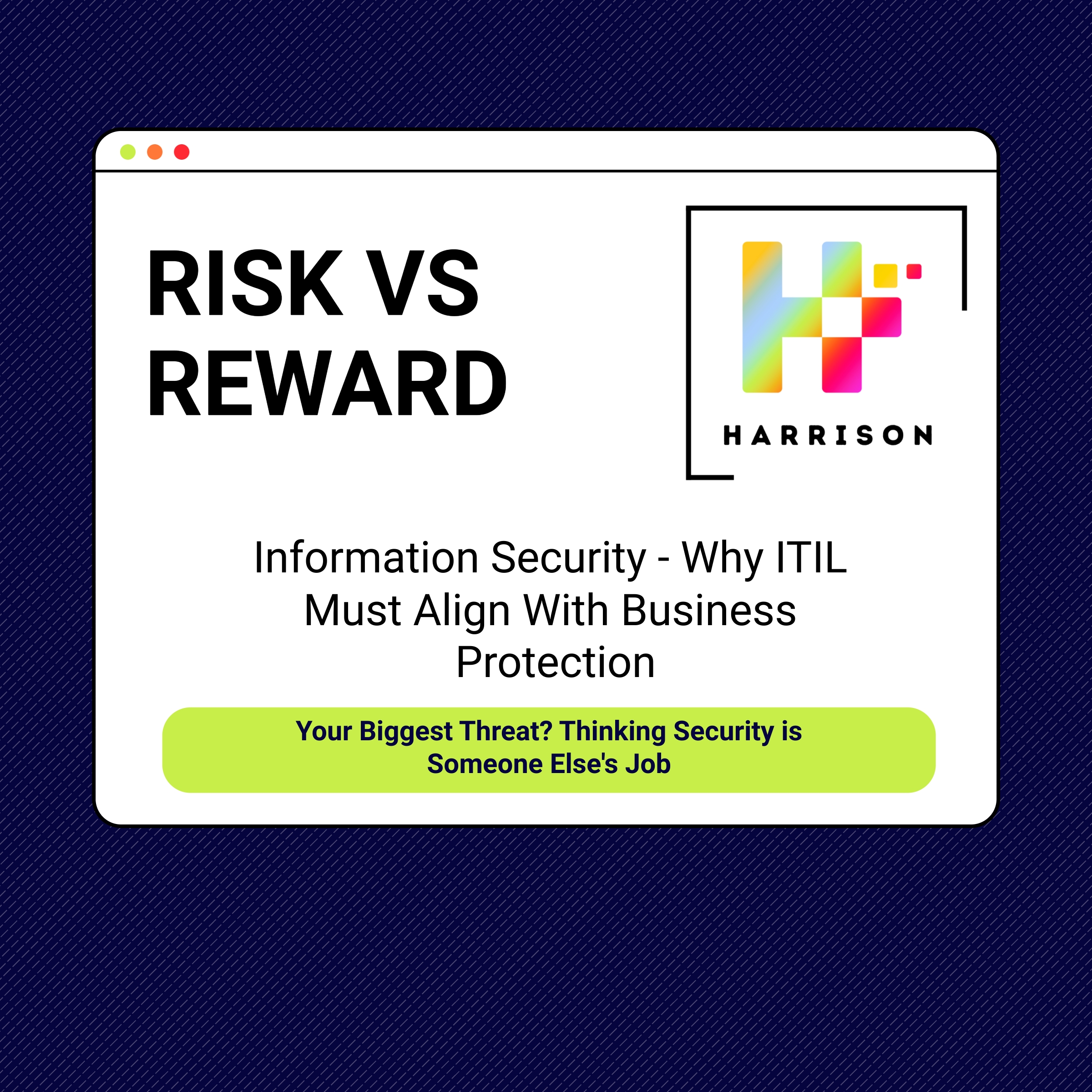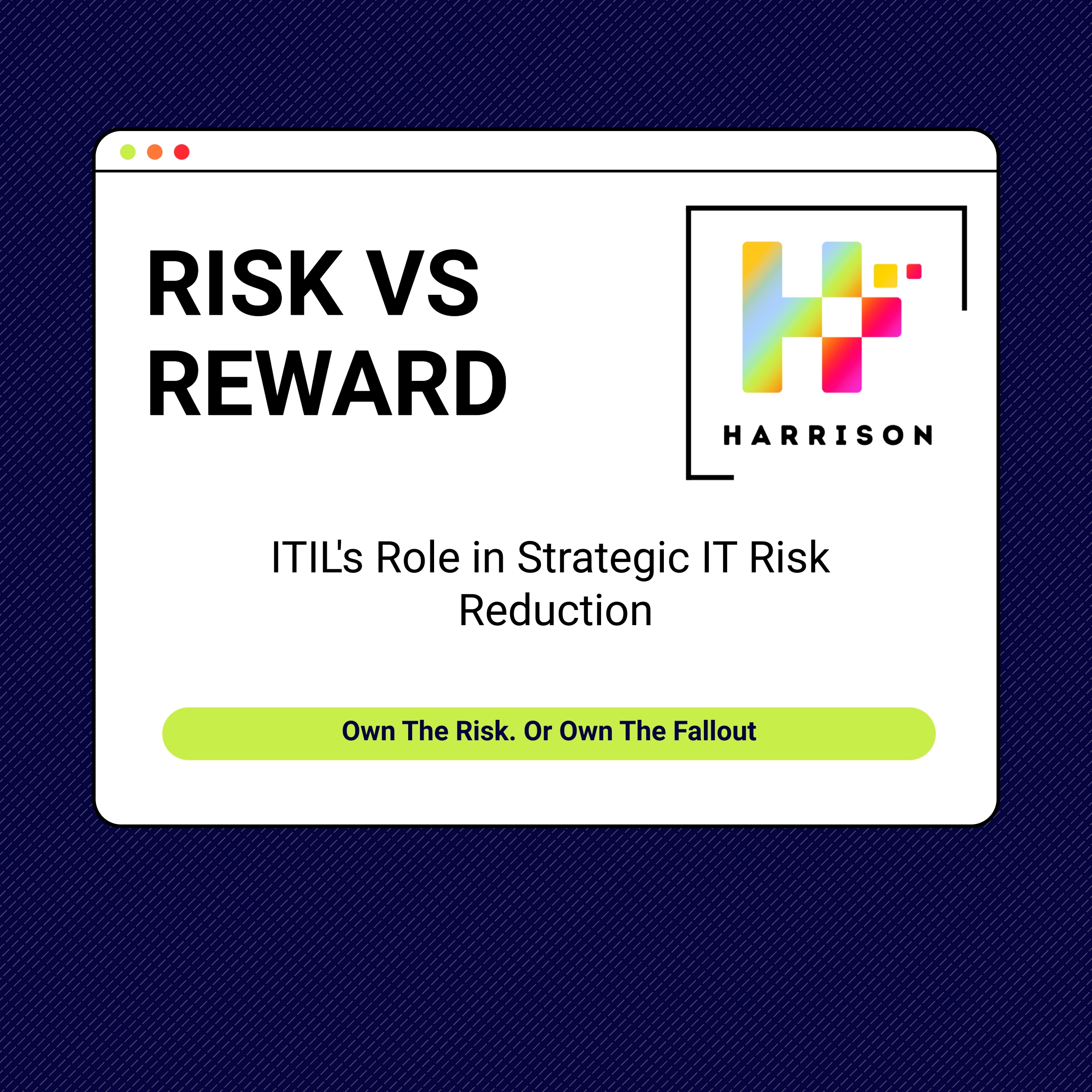IT Service Management Trends Shaping the Future of ITSM: CIOs, Are You Ready to Keep Up?
Introduction
In the ever-evolving world of IT, one thing is certain: complacency in IT Service Management (ITSM) is no longer an option. To remain competitive and aligned with business goals, IT leaders must challenge the status quo, adopting a proactive approach to new trends and evolving their ITSM practices. This article examines the top ITSM trends reshaping the landscape and demands a closer look at how CIOs and IT decision-makers can (and should) stay ahead of these changes.
1. AI and Automation in Incident Management
Automation in ITSM is increasingly essential. According to Gartner, by 2025, AI-driven automation will handle 80% of routine service tasks, which frees IT teams to focus on more complex problems. Many organisations are already seeing efficiency gains with AI-driven tools, a trend expected to intensify as AI advances.
Challenge to CIOs
Is your organisation capitalising on AI-driven automation to meet today’s expectations? If not, you’re risking lagging behind competitors who are already reaping the benefits.
2. Prioritising User Experience (UX) in ITSM
Today’s users demand a seamless, consumer-like experience – even in IT service management. According to a Deloitte report, businesses that implement self-service portals and chatbots report up to a 50% reduction in ticket volumes. This allows IT teams to dedicate their resources to more complex requests, ultimately enhancing service quality.
Challenge to CIOs
How well does your ITSM strategy prioritise user experience? Investing in intuitive self-service options is essential, or your users may seek inefficient workarounds that create security risks.
3. Embracing the Shift-Left Strategy
The “shift-left” approach – where first-line support is empowered to resolve more complex issues – has gained popularity. EY’s research shows that organisations implementing shift-left strategies report a 35% reduction in escalated cases and a 40% improvement in first-contact resolutions.
Challenge to CIOs
Does your IT team have the resources and training to resolve issues at the front line effectively? Without this empowerment, you’re likely missing out on significant efficiency gains.
4. Integrating ITSM with DevOps
The integration of ITSM with DevOps is essential for businesses prioritising continuous delivery and agile workflows. By bridging ITSM and DevOps, companies can reduce friction between development and operations, improving agility and collaboration. According to Gartner, this integration is critical to maintain operational stability while speeding up development cycles.
Challenge to CIOs
Are your IT and development teams working in sync? If not, a unified ticketing system or shared platform could help to reduce silos and improve visibility.
5. Prioritising Security in ITSM
With security threats on the rise, embedding cybersecurity within ITSM processes is no longer optional. By 2025, Gartner predicts that 90% of organisations will have integrated cybersecurity practices within ITSM workflows to support remote and hybrid work models.
Challenge to CIOs
Is security at the forefront of your ITSM processes? Integrating security practices into incident and change management could protect your organisation from costly, avoidable incidents.
6. Moving to Cloud-Based ITSM Solutions
Cloud-based ITSM offers scalability, flexibility, and accessibility, making it an increasingly popular option for organisations. According to EY’s 2023 IT Strategy Report, companies using cloud ITSM report a 20-30% cost reduction, improved disaster recovery, and faster implementation.
Challenge to CIOs
Are you prepared to transition your ITSM to the cloud? Embracing cloud-based solutions offers operational flexibility and cost savings that could be crucial to staying competitive.
7. Data Analytics and Proactive IT Management
Using data analytics in ITSM enables proactive problem management. Deloitte reports that organisations using analytics for ITSM experience a 25% reduction in incident resolution times and a 30% decrease in recurring issues. Analytics help IT teams identify patterns, predict issues, and improve service quality.
Challenge to CIOs
How well is your ITSM leveraging data analytics? If your IT department isn’t yet data-driven, you’re likely missing out on opportunities to prevent service disruptions and refine performance.
Conclusion: The Imperative for Action
ITSM is no longer static – it’s a dynamic force for improving operational efficiency and user satisfaction. These trends aren’t just optional – they’re critical for IT departments aiming to stay competitive. For CIOs and IT leaders, the time to act is now: adopt these ITSM advancements, or risk being left behind.
Ready to elevate your ITSM approach? Contact us at Harrison to discuss how your organisation can leverage these trends to stay ahead.
Follow us
Latest articles
December 17, 2025
December 17, 2025
December 17, 2025
December 17, 2025
December 17, 2025
December 17, 2025
